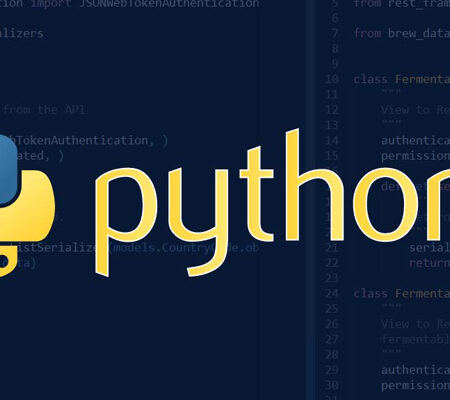Setting up Python development on Windows 11 is quite similar to setting it up on other Windows versions. Here’s a step-by-step guide to help you get started:
Python Development in Windows 11
Install Windows 11 Updates (if needed): Make sure your Windows 11 is up-to-date by installing any available updates. This ensures that you have the latest features, security patches, and compatibility improvements.
Install Python: Windows 11 doesn’t come with Python pre-installed, so you need to download and install it manually:
- Visit the official Python website at https://www.python.org/downloads/.
- Download the latest version of Python for Windows.
- Run the installer, ensuring you check the option to “Add Python to PATH” during installation. This makes it easier to run Python from the Command Prompt.
Install a Code Editor or IDE: You’ll need a code editor or integrated development environment (IDE) to write and run your Python code. Some popular options include:
- Visual Studio Code (VS Code)
- PyCharm – I use this one.
- Atom
- Sublime Text
Install-Package Manager (Optional but Recommended): While not mandatory, using a package manager pip makes it much easier to install and manage Python packages (libraries). Since Python 3.4 and later versions come pip pre-installed, you can start using it right away.
Create a Virtual Environment (Recommended): Using virtual environments helps you keep your Python projects isolated, avoiding conflicts between packages for different projects. Open a Command Prompt and run the following commands:
pip install virtualenv
mkdir project_folder
cd project_folder
virtualenv venv
.\venv\Scripts\activateInstall Packages: With your virtual environment activated, you can now install packages using pip. For example:
pip install numpy
pip install pandasStart Coding: You’re all set up now! Open your chosen code editor or IDE and create a new Python file (usually with the .py extension). Write your code, save it, and you can then run it using the Command Prompt with the virtual environment activated.
Running Python Code: To run your Python script, open the Command Prompt, navigate to your project folder, activate the virtual environment (if you created one), and then run your script using the command:
# Activate the virtual environment (if used) python your_script.py
cd path\to\project_folder
.\venv\Scripts\activate
Remember, this guide covers the basics of setting up a Python development environment on Windows
Depending on your specific needs, you might explore additional tools, libraries, and configurations.



Comments